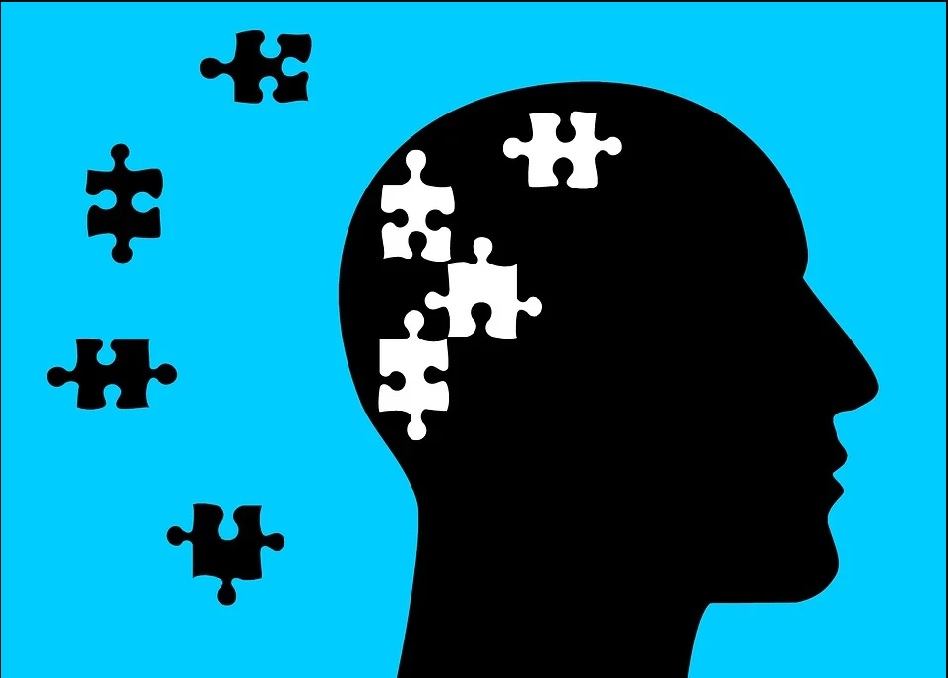EMDR Can Help Rewire Your Brain to Overcome Trauma—Here’s How

If you’re struggling with PTSD, you might be curious about EMDR therapy. EMDR therapy stands for Eye Movement Desensitization and Reprocessing. This modality is unlike talk therapy. In EMDR therapy, the therapist guides the client’s eye movements through finger motions as they reflect on a traumatic event. This allows the client to have dual attention (one foot in the present and one foot in the past) to be able to reprocess memories that were stored in the brain in non-adaptive ways. With sensory input, the therapist can observe how the client processes their traumatic memories. During sessions, the client will begin to rewire their brain, develop a new perspective, and learn how to return to a neutral state after thinking of their past. EMDR therapy involves three basic components: the reprocessing of distressing memories, working with triggering stimuli in the present, and learning adaptive strategies for the future. Many clients will ask during phases 1 and 2 when are we going to start EMDR. Keep in mind every phase of the process is part of EMDR treatment.
Here’s how the eight-phase protocol works.
Phase 1: Client History and Treatment Planning
First, the therapist will take stock of the client’s history and identify possible memories to “target” in treatment. They need to determine whether the client is ready for EMDR therapy. Furthermore, the client needs to give informed consent. Together, the therapist and client will discuss attainable treatment goals.
Phase 2: Preparation
In this phase, the therapist readies the client for reprocessing. They discuss expectations for the process. This phase is important for building up the client’s confidence and making sure they understand what EMDR therapy entails in practice. The therapist can also work on basic coping skills with the client. This is one of the most important phases, as it teaches the client how to regulate their emotions, even after the are highly distressed.
Phase 3: Assessment
Next, the therapist assesses the client’s baseline state. How do they react when reflecting on their traumatic memory before therapy begins? This information is crucial so that the therapist and client understand exactly where the client is starting from. The client will identify the image that represents the worst part about the event. They will recognize the negative cognition – the belief they hold about themselves because of what happened. They will also establish the positive cognition – which is what they would rather believe about themselves when the process is completed. Client will report their level of disturbance (SUDs) about the memory and the validity of the positive cognition (VOC).
Phase 4: Desensitization
The desensitization phase involves the client reprocessing their associations with traumatic memories. The therapist will guide the client to focus on a particular image and notice how their body feels. As they do this, they will prompt the client to follow the motion of their finger. Eventually, they will instruct the client to pause and reflect on how they feel. This process will repeat itself until there is a positive transition of thoughts.
Phase 5: Installation (Self-Assessment)
After desensitization comes self-assessment and integration. The client is encouraged to process the experience and integrate what they’ve learned. The therapist will also recheck their readiness before moving on to the next phase. Client will report their current SUD and VOC and if the goals was reached, therapist will proceed will installing the positive cognition.
Phase 6: Body Scan
Trauma can be stored in the body. EMDR therapy allows the client to explore where they may be physically holding on to trauma. The therapist will guide them through a head-to-toe body scan, suggesting that they pay attention to remaining tension, tightness, and any uncomfortable or new sensations. The client should also note any positive changes that they’ve experienced.
Phase 7: Closure
Once the client has finished the body scan, it’s time to move on to the closure phase. Depending on how the session went, this could mean ending an incomplete session or simply wrapping up a completed session. The therapist will spend some time debriefing with the client.
They will likely encourage the client to keep a journal between sessions and provide them with coping techniques they can turn to before their next session. This is also time for the client to return to a state of equilibrium by focusing on positive or neutral memories.
Reevaluation and Future Template
The reevaluation process starts at the beginning of each subsequent session. The therapist has an opportunity to see if the positive effects that the client experienced during the last session have persisted. This is an opportunity to discuss a future template of what was worked on to “test” client ability to apply what they learned through the process. This phase also takes place before treatment ends to ensure that the targets have been reached and that the client has integrated what they’ve learned into their life outside of therapy.
—
Are you wondering if EMDR therapy is the right modality for you? Reach out to us today to discuss the benefits and see if you would be a good candidate. Keep in mind that EMDR can also help with many other conditions such as depression, anxiety, self-esteem, anger issues, OCD, phobias, pain, and more.
